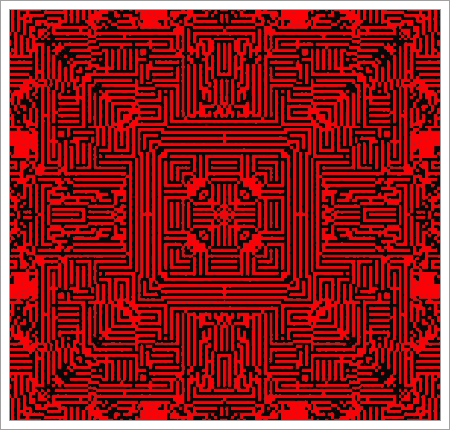Alumni

Bio
Jordan Bryan is a rising senior at Stanford University, where he is currently pursuing a degree in mathematics. His research interests lie mostly in statistics, specifically focusing on how statistical learning can be used to change the world for the better. He has been a researcher at the Summer Institute for Training in biostatistics at Boston University and at a lab on political demography in Moscow, Russia. Outside of the classroom, he loves to play drums in a number of different styles including jazz, funk, and old school Motown. He also enjoys running, cooking, and occasionally walking on his hands.
Project: Building a Model for Improvisation
The Jazz Solo as a Markov Process
That jazz music is a form of communication is a commonly held notion, one that is often used to justify the music as a serious intellectual pursuit against claims that its free-form structure relegates it to a lower echelon of art. Where jazz belongs in the hierarchy of fine art is up for debate but what is clear—and has recently been validated by findings in neuroscience—is that improvised music is truly a language of its own. Speaking of purely instrumental music, there is a distinct reason that some people can love and appreciate jazz while others simply cannot stand it for its lack of lyrics. Somewhere in the recesses of the brain, the jazz fans are actually processing the auditory signals differently. They can actually hear the human voice behind the horn, which gives them a stronger spiritual connection to the music than someone who hears nothing more than a piece of vibrating brass. With this project, I hope to use mathematics to bring those people without a connection to jazz and improvised music a little closer to experiencing what it is like to speak a musical language. If I succeed, the project would also give those fully acquainted with jazz a deeper understanding of their own improvisational choices. The mathematical component of my project would ideally be comprised of two distinct component analyses: one centered around statistical analyses of jazz solos using Markov chain models and statistical learning techniques, and the other focused on the application of algebraic topology to musical data in order to describe the high dimensional spaces in which jazz harmonies, melodies, and rhythms reside. Along with a paper outlining my research and results, I would hope to create a visualization, computer-generated or otherwise, that captures the mental processes behind the creation of a jazz solo based on these analyses. The visualization would fluctuate according to the progression of the solo, thereby giving the viewer a sensation that he is catching a glimpse of the images running through the mind of the soloist as she performs.
Favorite Outer Totalistic r=1, k=2 2D Cellular Automaton
Rule 164780
